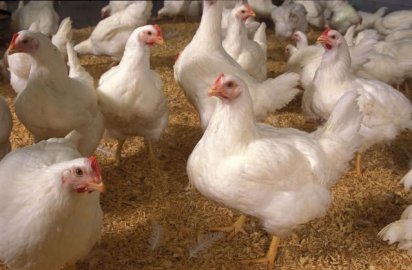ONE WORLD, ONE HEALTH
In our changing world, new infectious diseases of humans, animals and plants are emerging at an increasing rate. Recent estimates have found that 60-73% of the diseases that are classified as emerging in human populations are zoonotic in nature with the majority originating from wildlife populations. Multiple factors influence the emergence of infectious diseases, such as changes in land use practices, changes in human demographics, contamination of food and waterways, pathogen evolution, climate change, medical practices and poor population health. Furthermore, many emerging diseases are capable of infecting multiple host species and are capable of circulating between multiple populations, such as humans, domestic animals and wildlife, which necessitates more complex disease management strategies.
For reasons such as these, there is increasing global recognition that effective infectious disease control requires a multidisciplinary approach, an approach that has been termed the One World, One Health approach. In line with the One Health paradigm, IDReC represents a multidisciplinary team of scientists that together cover the spectrum of infectious disease from pathogen biology, through evolutionary biology, veterinary epidemiology, molecular epidemiology, public health, wildlife and conservation biology, statistics and mathematical modelling.
Human Disease
Campylobacteriosis is a zoonotic disease, with humans contracting
infection from food and environmental sources. A prime example of how an
interdisciplinary approach can have very rapid and substantial effects on human
health is provided by the 50% reduction in human cases of campylobacteriosis in
New Zealand that was achieved between 2007 and 2009. Instrumental in this
reduction, was a Massey-led programme of research involving IDReC scientists
that brought together micro and molecular biologists, epidemiologists and
mathematicians to inform policy making and a national control strategy.
Animal Disease
Infectious disease is also a major concern for
wildlife conservation, as demonstrated by the global decline in amphibians due
to the spread of chytrid fungus. In New
Zealand, wildlife translocations are an important part of avian conservation
efforts. However, agents such as avian malaria may be transmitted via the
network of translocations, which can result in outbreaks of disease that
undermine efforts to protect endangered species. Massey postgraduate students
are currently working to understand the epidemiology and ecology of wildlife
diseases and the impact of translocations on these.
PLANT DISEASE
In 2010 the New Zealand kiwifruit industry saw the arrival of a new bacterial pathogen that has created a risk of unprecedented scale. Approximately 32% of the New Zealand kiwifruit area is now infected with the vine-killing disease caused by Pseudomonas syringae pv. actinidiae (PSA). Rainey's team, in collaboration with numerous NZ and international scientists -- with funding from Zespri and KVH -- are spearheading a major population genomic programme to identify to origins of PSA, the possible routes for its introduction and the causes of its virulence.

.jpg)
